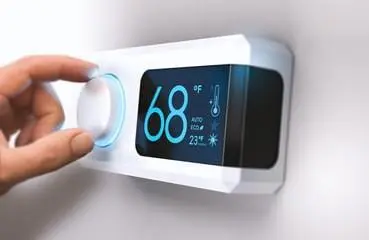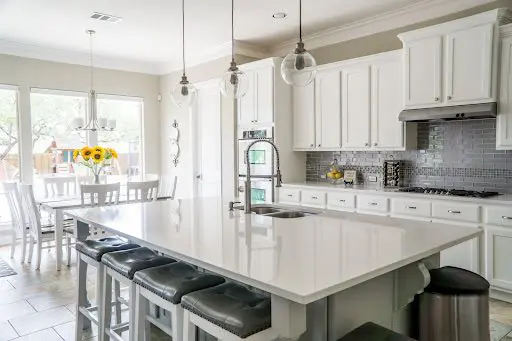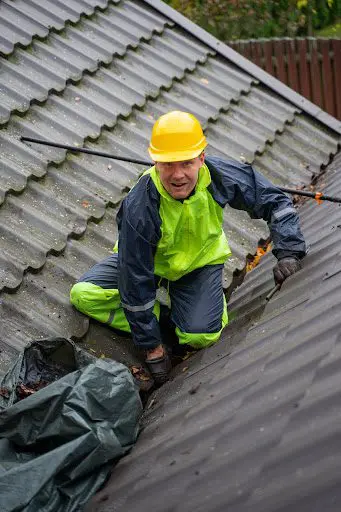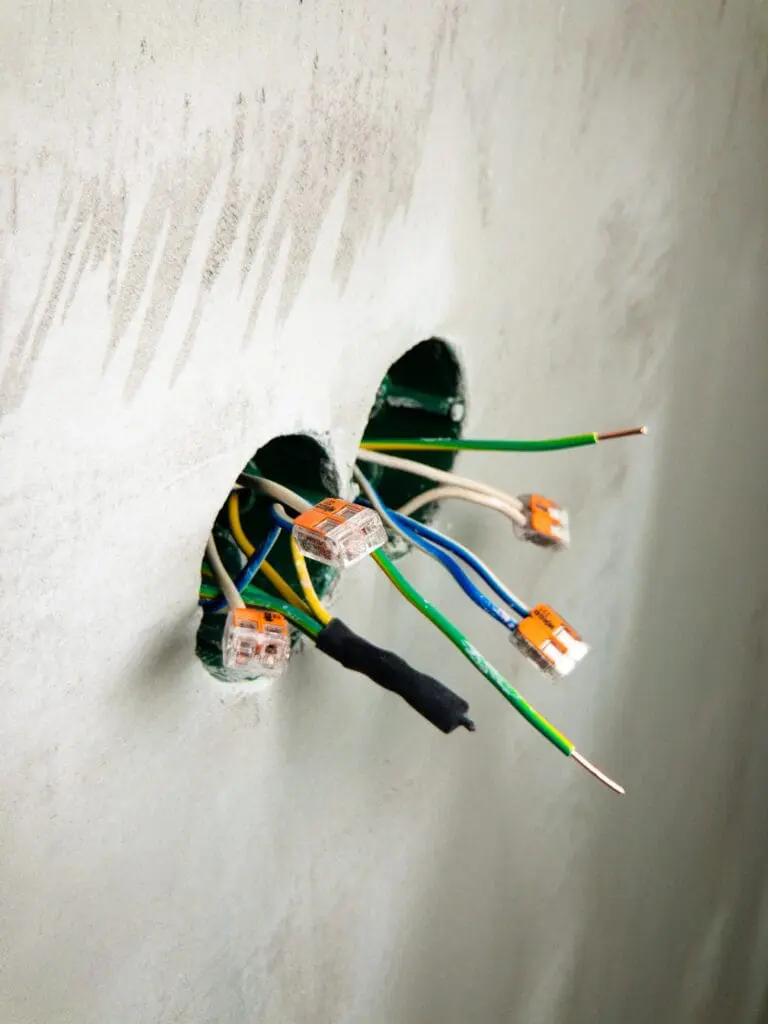7 Basic Things You Should Know About Home Heating and Cooling Systems
AC systems are a standard installation in most properties. But how well do you know about them? Here are things to know about home heating and cooling systems.

When the sidewalk outside is melting sandals like buttercream frosting in the microwave, we thank our lucky stars for AC.
But how much do you really know about this life-changing system snaking its way throughout your home? Pumping water or circulating air behind the walls and floorboards you see every day.
And what if something goes wrong? Knowing a thing or two about HVAC system basics could save you some serious cash. Minor hiccups don’t always require professional assessment and it’s often more convenient to fix these issues yourself. But if you find that the hiccup in your system is more than you can handle, it is best to call a professional like the ones you find at central air installation in Chattanooga for help.
Here are seven questions answered about heating and cooling systems.
1. What does HVAC stand for?
Heating, Ventilation, and Air Conditioning are the three components that keep your home at the ideal temperature. But not every home needs all three.
The surrounding climate and size of your home determine the kind of system you’ll need. Cost-effective and environmentally conscious systems also exist that you may want to factor into this decision.
2. Are there different heating and cooling systems?
Yes. Most people have heating and cooling systems in separate units, usually referred to as ‘split systems.’ But others find that a hybrid or combined system, which houses the heating and cooling elements in the same place or unit, makes more sense for them.
You may combine a central air conditioning unit with an electric, gas, or oil furnace or use conduction or radiation methods to cool and warm your home in a split system. Furnaces are very important for heating homes. They can be installed in different ways. You need to know which furnace installation is best for your home before you decide to install it.
If you want localized, independent control of the temperature, a ductless heating system (a miniature split system) is for you. This energy-efficient solution uses individual units to heat and cools a given room without affecting the whole house.
3. What are the different ways of heating a home?
There are three main types of systems used for heating and cooling homes. Each system uses a combination of physical properties to circulate air and spread or remove heat.
Radiant Systems
Older homes with scary metal contraptions in every room heat the space through radiation, which isn’t nearly as harmful as it sounds.
Radiators, heating panels, or pipes laid in concrete heat up by various means, usually with hot water from a boiler and/or electricity. The heat stored in these objects heats the air nearby, which naturally disseminates to areas at lower temperatures, thus heating your home.
Gravity Systems
That creepy Evil Dead-looking air vent in the floor may be part of a gravity system. Since hot air rises, a furnace below the floor sends up warm air, which pushes down the cool air to be heated.
Neither a radiant system nor a gravity system can distribute cool air.
Forced-Air Systems
If you have central heating and cooling in your home, you probably have a forced-air system.
A furnace heats the air, which is then pushed through ducts by an electric fan or ‘blower.’ Warm air pushes cooler air to the furnace through a secondary return system to be warmed.
The same process can happen in reverse, channeling in cool air, which pushed out the warm. The blower allows an adjustable amount of air to move through the system and heat or cool your room but is also the main cause of malfunction in this type of system.
4. Do air conditioners use gas?
Gas is only used as fuel in some heating systems. While heating and cooling use the same physics, the process of cooling air only uses electricity as fuel.
Through conduction, air conditioning removes heat from the air by sending low-pressure fluid through coils inside the building to absorb heat from the air. Electricity refrigerates the fluid and runs the compressor and fan, which makes this process possible.
The fan pulls in air from a room and runs it along with the cool coil. Metal is a good conductor, so heat energy from the air easily transfers to the coil, which then transfers to the cool fluid inside.
The fluid is compressed and sent to similar coils on the outside of your home so the heat can be released.
5. How does a thermostat regulate temperature?
When you set the thermostat to 80 degrees and try to forget about the blanket of snow covering literally everything outside, a strip of bimetallic elements uncoils in your thermostat.
This movement lifts a magnet at the tip of the strip off of a steel bar inside the device. The magnet lowers toward a contact arm, closing it and completing the circuit. When this happens, the heater goes on until the air surrounding the thermostat reaches 80 degrees.
As the air approaches your desired level of warmth, the coil rewinds, breaking the circuit and turning off the heat. This process begins again when the room drops below temperature.
6. How much do these systems cost?
The cost of an HVAC system installation ranges from $1,500 all the way up to $27,000, depending on the type of system you want. Although most people will end up paying something closer to $5,000.
- Heating and cooling $3,000 – $7,600
- Heating – $1,500 – $6,500
If you want to heat your whole house using only one unit, consider ducted gas heating. This system passes cold air over a heat exchanger powered by gas combustion. Get more of this information and save up to 30% each year on your electric bill.
7. Which system makes the most sense for my home?
For the typical home, a heating and cooling split system make the most sense. This system requires space inside and outside for a furnace and air conditioning unit, respectively.
For homes in colder climates, a hybrid heating and cooling system makes more sense. Choose from electric or gas-powered heating during winter when you’re turning the heat on at night and off during the day. The versatility here could save you some serious dough.
For homes in warmer climates, consider a combined heating and cooling package for even more savings. This makes sense in warmer climates because heat is exclusively generated with electricity, so it may not be as powerful as gas or oil-powered furnace.
Keep Up That DIY Spirit
You’ve taken it upon yourself to understand the heating and cooling system in your home, but why stop there? Browse over 100 new DIY projects to keep your home in tip-top shape.
Similar Posts:
- None Found








